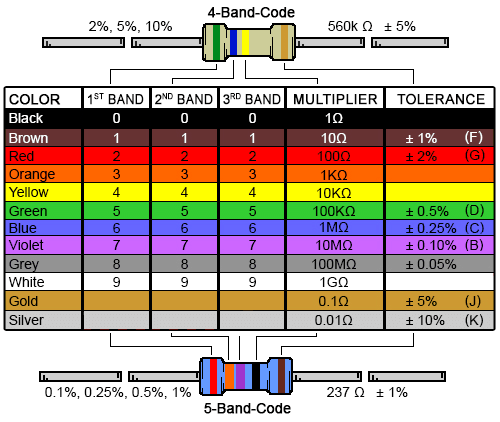What does FPGA Stand For?
FPGAs, or field-programmable gate arrays, are more complex than typical integrated circuits. “FPGA” stands for field-programmable gate array. The higher number of I/O pins on an FPGA requires forethought in design and layout and considerations in regard to system needs.
These integrated circuits are more complex than your average IC. Reconfiguration is possible with FPGAs. An FPGA can function as a GPU (Graphics Processing Unit) then used later as a processor or video encoder. FPGA hardware and circuits allow many reconfigurations. This is not possible with standard chips.
Reconfiguration occurs through gates or flip-flops, using configurable logic blocks, or CLBs. Just remember there are thousands of CLBs on a typical FPGA.
What’s the difference between FPGAs and CPLDs?
A CPLD, or Complex Programmable Logic Device, is based on EEPROM architecture. It typically contains only a few thousand logic blocks and may have significantly fewer. FPGAs have up to 100K logic blocks and is a RAM-based digital logic chip.
How to use FPGAs
Field programmable gate arrays are versatile. Some common uses include:
- As a graphics processing unit
- As part of an SDR transceiver
- To upscale video
Also, a wide range of applications use FPGAs. This includes video, military, and industrial applications.
How Do FPGAs Work?
FPGAs act as parallel devices where each independent task has been assigned to a specific and independent part of the chip, which is created out of programmable silicon chips that include programmable logic blocks that have been surrounded by I/O blocks. You can visualize this as a downtown city block with many independent businesses located in individual buildings; each business goes about its own work without any impact on the performance of the businesses around it.
What Are the Advantages of FPGAs?
FPGAs offer many advantages, not the least of which is their flexibility and functionality. For example, advantages include
- Ability for adaptation after delivery if updates are required in programming
- Accelerated prototyping because hardware development is part of the IP core.
- Cost-effective software solutions for complex tasking via parallelization and adaptation to the application.
- Real-time OS calculations are ideal for time-critical systems.
Budget for Power
Your board should work consistently with a 20% margin above and below the operating frequency and with a 5-10% margin on voltage and temperature. These margins can be achieved by keeping trace lengths as short as possible, by reducing the number of vias on your board that will impede your signal quality, and by ensuring there is a good return current path for every signal transmission path.

It is also important to make sure you have sufficient power supplies to handle your system needs. FPGAs have multiple power supplies of differing voltages. Each of these power supply voltages should have its own power budget within your design.
Properly Clock FPGAs the first time
Most FPGAs use a global clock pin that distributes the clock throughout the chip, and other pins that confine the clock to particular regions. These embedded clock management systems are powerful and facilitate the design. But the improper choice of a clock pin will create a system-level design issue that will allow the board to work most of the time, but not all of the time. This type of marginal error is extremely difficult to find, debug, and fix. It is easier to avoid than to fix later.
Find out more information about FPGAs and other integrated circuits in our printed circuit board tutorial.
We maintain lots of ready-to-ship PCBs, especially for GE Speedtronic Turbine Control Systems. Talk to our team today.




You must be logged in to post a comment.